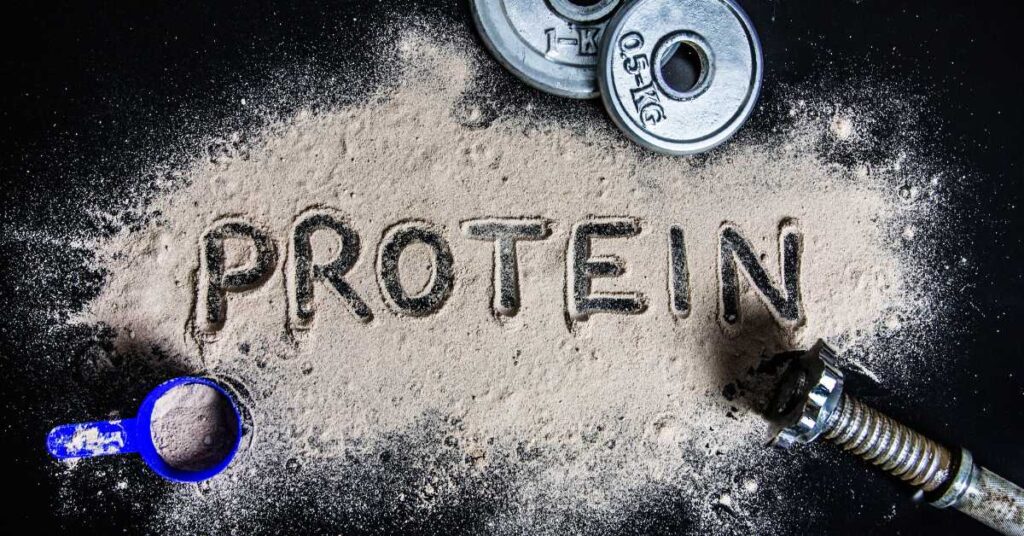Introduction
Progress monitoring and setting benchmarks are crucial elements in optimizing athlete performance. By tracking an athlete’s progress over time and establishing clear performance goals, coaches and trainers can assess the effectiveness of training programs, identify areas for improvement, and provide the necessary guidance to maximize performance potential.
The Importance of Tracking Athlete Progress
Evaluating the effectiveness of training programs
Monitoring athlete progress allows coaches to evaluate the impact of their training programs. By comparing current performance with previous assessments, trainers can determine whether the training methods employed are yielding the desired results or if adjustments are necessary.
Identifying areas for improvement
Tracking progress helps identify specific areas where athletes can improve. Whether it’s increasing strength, enhancing speed, or refining technical skills, progress monitoring provides valuable insights into an athlete’s strengths and weaknesses, allowing for targeted training interventions.
Motivating athletes and boosting confidence
Seeing tangible progress can greatly motivate athletes and boost their confidence. When athletes witness improvements in their performance, it reinforces their belief in their abilities and encourages them to continue working hard toward their goals.
Setting Effective Benchmarks
Establishing clear and measurable goals
Setting clear and measurable goals is essential in the progress monitoring process. Benchmarks should be specific, attainable, and time-bound, allowing athletes to track their progress and work toward specific targets.
Utilizing objective performance metrics
Objective performance metrics, such as speed, strength, endurance, or accuracy, provide concrete benchmarks for tracking progress. By utilizing quantifiable measures, coaches can assess improvements or areas that require further attention.
Considering individual variations and progress levels
Athletes have unique characteristics, abilities, and progress levels. It is important to consider individual variations when setting benchmarks, ensuring that goals are challenging yet attainable for each athlete.
Tools and Techniques for Progress Monitoring
Performance testing and assessments
Performance testing and assessments, such as timed runs, strength tests, or skill evaluations, provide baseline measurements and ongoing data to track an athlete’s progress. These tests should be conducted regularly to gather accurate and up-to-date information.
Data tracking and analysis
Data tracking tools, including spreadsheets, software applications, or online platforms, allow for systematic recording and analysis of progress data. These tools help identify trends, patterns, and areas requiring attention, supporting informed decision-making.
Regular communication and feedback
Open and regular communication between coaches, trainers, and athletes is vital in monitoring progress. Feedback sessions provide an opportunity to discuss achievements, address concerns, and establish strategies for continued improvement.
The Role of Technology in Monitoring Athlete Progress
Wearable devices and fitness trackers
Wearable devices and fitness trackers, such as heart rate monitors, GPS watches, or smartwatches, provide real-time data on an athlete’s performance. These devices capture valuable information that can be used to monitor progress, track training loads, and optimize recovery.
Data visualization and analytics software
Data visualization and analytics software enable coaches and trainers to organize and interpret progress data efficiently. These tools present information in visually appealing formats, making it easier to identify trends, patterns, and areas of focus.
Video analysis and motion tracking systems
Video analysis and motion tracking systems offer detailed insights into an athlete’s technique, form, and movement patterns. By analyzing videos and utilizing advanced tracking technologies, coaches can pinpoint areas that require improvement and provide targeted feedback.
Evaluating and Interpreting Progress Data
Analyzing trends and patterns
When monitoring progress, it’s important to analyze trends and patterns over time. Identifying consistent improvements or areas of stagnation can guide adjustments to training programs and highlight areas that require further attention.
Identifying areas of stagnation or regression
Progress monitoring can help identify areas where athletes may be experiencing stagnation or regression. By recognizing these patterns, coaches can intervene with targeted interventions, modifications to training plans, or additional support to facilitate progress.
Making data-driven adjustments to training programs
Data-driven adjustments to training programs are key to optimizing athlete performance. By leveraging progress data, coaches can make informed decisions about training volume, intensity, exercise selection, and recovery protocols to maximize progress.
Motivating Athletes Through Progress Monitoring
Celebrating milestones and achievements
Acknowledging and celebrating milestones and achievements are powerful motivators. Recognizing an athlete’s progress and highlighting their accomplishments not only boosts motivation but also fosters a positive and supportive training environment.
Providing constructive feedback and guidance
Regular feedback sessions provide an opportunity to provide constructive feedback and guidance to athletes. This feedback should focus on areas of improvement, but also highlight strengths and progress, reinforcing a growth mindset and promoting continuous improvement.
Fostering a growth mindset and continuous improvement
Progress monitoring fosters a growth mindset, emphasizing the belief that abilities can be developed through dedication and hard work. By encouraging athletes to embrace challenges, learn from setbacks, and consistently strive for improvement, coaches can foster a culture of continuous growth and development.
Overcoming Challenges in Progress Monitoring
Balancing objective data and subjective factors
Progress monitoring should consider both objective data and subjective factors, such as an athlete’s well-being, motivation, or psychological state. Balancing these elements ensures a holistic approach to monitoring progress and supports the overall well-being of the athlete.
Dealing with performance plateaus
Athletes may experience performance plateaus during their journey. When progress stagnates, coaches can employ strategies such as varying training methods, introducing new challenges, or seeking additional support to help athletes break through plateaus and continue progressing.
Addressing individual differences and expectations
Each athlete has unique characteristics, goals, and expectations. Coaches must consider these individual differences when monitoring progress, ensuring that benchmarks and feedback align with an athlete’s specific needs and aspirations.
Conclusion
Monitoring progress and setting benchmarks are essential aspects of athlete performance optimization. By tracking progress, coaches can evaluate the effectiveness of training programs, identify areas for improvement, and provide targeted guidance.
Utilizing tools, technology, and data-driven insights further enhances the progress monitoring process. By motivating athletes, overcoming challenges, and fostering continuous improvement, coaches and trainers can support athletes in reaching their full potential and achieving their performance goals.
FAQs (Frequently Asked Questions)
1. How often should progress be monitored?
The frequency of progress monitoring can vary depending on factors such as sport, training phase, and individual needs. In general, regular assessments every few weeks or months provide meaningful insights into an athlete’s progress.
2. Can progress monitoring help prevent overtraining?
Yes, progress monitoring can help identify signs of overtraining. By tracking factors such as performance plateaus, fatigue levels, and injury occurrence, coaches can make necessary adjustments to training programs to prevent overtraining and support recovery.
3. Are subjective factors important in progress monitoring?
Yes, subjective factors, such as an athlete’s motivation, confidence, and overall well-being, are important considerations in progress monitoring. It’s crucial to take into account both objective data and subjective feedback for a comprehensive assessment.
4. How can progress data be used to individualize training programs?
Progress data provides valuable insights into an athlete’s strengths, weaknesses, and areas for improvement. By analyzing this data, coaches can tailor training programs to address individual needs, focus on areas of development, and optimize performance outcomes.
5. What happens if an athlete fails to meet benchmarks?
Failing to meet benchmarks does not necessarily indicate failure. It can be an opportunity for coaches and athletes to reassess strategies, identify potential obstacles, and adjust training plans. It’s important to approach setbacks as learning experiences and to provide support and guidance for continued improvement.







